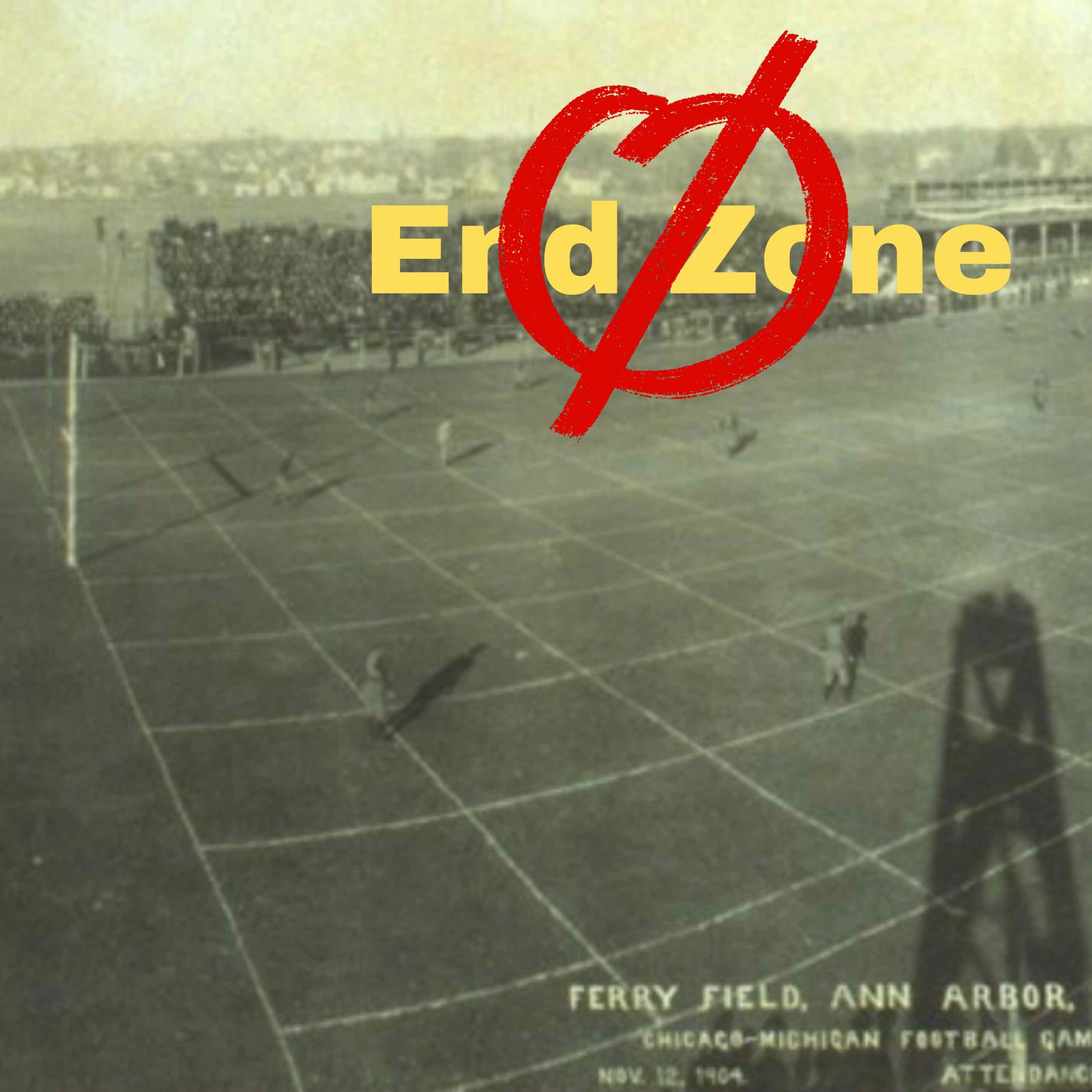No End Zones? The Pre-1912 Football Field
When you look at a modern football field, the end zone seems like an indispensable part of the game. It’s where touchdowns are officially scored, after all. But according to historian Timothy P. Brown of Football Archaeology, there was a lengthy period in the sport's history when end zones simply did not exist.
One of the top experts in early football rules history, Timothy P. Brown, joins us in the discussion to explain a time in football when there was no endzone to be found on the field of play. Timothy Brown's FootballArchaeology.com shares a daily football factoid that is really quite interesting, and it's a short read. They preserve football history in a very unique way and we are quite happy that Tim has agreed to join us each week to go over some of his Today's Tidbits. Click that link to subscribe for free and receive them each evening.
In a discussion with Darin Hayes on the Pigskin Dispatch Podcast, Brown explained this fascinating historical anomaly. The first end zones weren't officially added to the field until 1912. Before that, while many fields had a goal line, there was often no end line, meaning the field boundary just extended indefinitely past the goal posts.
This made perfect sense for the era. The only way to score points was by running the ball across the goal line. Furthermore, from the time the forward pass was legalized in 1906 up until 1911, any successful pass across the goal line automatically resulted in a touchback. Since you couldn't legally throw the ball to a receiver in that area for a score, there was no strategic need to define a boundary beyond the goal line.
The rule change that finally necessitated the end zone came when the ability to complete a forward pass over the goal line was introduced. Once a player could score by catching a pass in the previously unbounded area, the game required a new limit. The end zones were then added to define the playing territory beyond the goal line.
Brown also shed light on the peculiar logistical challenges of this earlier field setup, especially when games were played in multi-purpose venues like baseball stadiums. In some cases, the distance between the goal line and the surrounding stands or fences was extremely tight—sometimes only four to seven yards, as seen in historical pictures of places like the Polo Grounds in New York City.
This meant that defensive players had very little room to maneuver during goal-line stands, and fans, photographers, and other personnel often stood mere feet from the live-action boundary.
This historical tidbit is a great reminder that the familiar shape of the gridiron is not original, but the result of evolutionary safety and scoring rule changes that have shaped the game we know and love today.
Come join us at the Pigskin Dispatch website and the Sports Jersey Dispatch to see even more Positive football news! Sign up to get daily football history headlines in your email inbox @ Email-subscriber
Miss our football by the day of the year podcasts, well don't because they can still be found at the Pigskin Dispatch website.
Do you want more football history? Grab a copy of our book on Western Pennsylvania football history, "World's Greatest Gridiron Team" on the 1903 Franklin All-Stars

